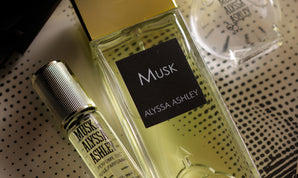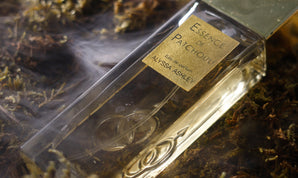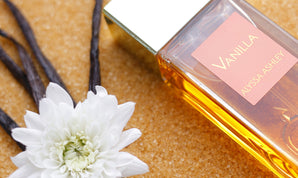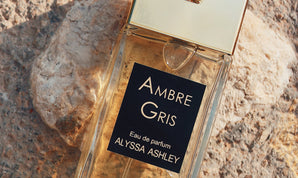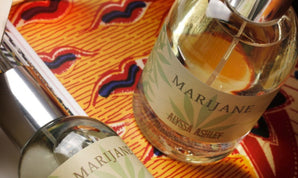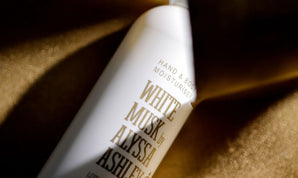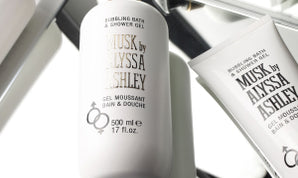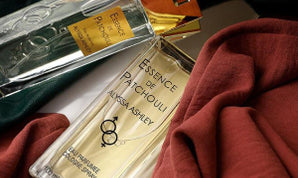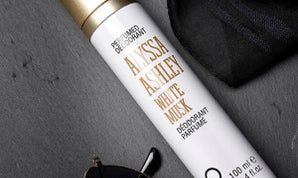The olfactory pyramid is joy and pain.
You should know that the pyramid of a perfume is nothing more than part of a very long list of ingredients. It means that not everything is declared. A perfume can contain over 50 elements, although the new trend is to compose through short formulas. The ingredient list is made even shorter on the INCI, by using just one word, "Parfum", summarising everything we have used to give shape, thickness and proportion to our fragrance.
Who creates the pyramid?
Generally marketing, or a team within a company, but also the nose himself. It all depends on who we have turned to to create the perfume:
- A nose, is more of a "freelancer", therefore has to go through an independent creation studio
- A creation company with multiple professionals and a structure with an internal development circuit
The pyramid has a big influence on consumers, to the extent where there are those who decide not to smell a perfume simply because there is a material they do not like in it. Or, there are those who purchase the fragrance in its’ closed box, simply because one of their favourite raw materials is listed. We can deduce that the choice of the components of a pyramid is important, it can be a strategic move, but also a misstep.
It is divided into:
Top notes - the most volatile, and in my opinion, they’re the stage lights; the beginning of a show. And very important for impulse buying. In traditional perfumery they are the most representative.
Heart notes, they present the body of the fragrance. Fundamental to the message we want to convey.
Base notes, represent the character of the fragrance, the ones we will not easily forget. They are the molecules that last the longest.
Interpreting a pyramid can be complicated, but its structure makes us understand and determines the type of concentration. For example, in a Parfum, the creator mainly develops the base notes. The perfume concentration will go up to 40%, with an alcohol content of 60% to 80%. An Eau de Parfum has a leading heart, with a perfume concentration of 12% to 18%. Water is added to the alcohol. In the pyramids of an Eau de toilette, the head represents almost half of the formula. At the beginning we have a lot of fresh notes. Concentration of perfume is at a maximum of 12% of alcohol, plus water. Whereas Eau de Cologne have no base notes.
You have to imagine the pyramid as a set of drawers. Over the years, as new raw materials and facets are being discovered, we add a few more, and the pyramid has become longer. We have even moved them, higher up or lower down. It depends on the predominance of a particular material, perceived through a perfume in a given period of time, following and studying new launches on the market.
Among the top notes we will basically find citrus (mandarin, bergamot, lemon), aromatic notes (mint, lavender, thyme) and marine notes ("latest generation" raw materials almost only synthetic components, reproducing aquatic, ozonated notes). The heart notes include flowers (jasmine, rose, tuberose), fruits (apple, pear, red fruit), green notes (violet leaves, galbanum) and aldehydes (the sparkling facet of Chanel 5 and more). In the base, everything else, including the powdery notes: various spices, woods, talcum, including iris. I would remind you that the fragrance is obtained from the rhizome and not the flower. The balsams, vanilla and several gourmand notes.
White musks, on the other hand, round off almost all compositions and are perceived in their fullness for the entire life of a perfume. Rather than fitting into the pyramid, they are so enveloping that they create a frame effect. The olfactory pyramid also contains pure fantasy materials, accords, personal interpretations. It contains captives, specialities of the essential oils houses, between natural and synthetic, whose composition is often secret. A partial list of ingredients is unlikely to tell us anything specific about a material. Let us take as an example the queen of flowers, so loved by all.
Is the rose in the pyramid be natural or a reconstruction? Will the species used be Damask or Turkish (the olfactory profiles are not the same)? Have we chosen an essential oil or an absolute?
Do you understand that the pyramid is important up to a certain point? Have you ever wondered why we find base notes in the head of a perfume? Some essential oil companies may code their raw materials differently. It is enough to consult some technical data sheets to note that liquorice, the first anomaly that comes to mind, is a material with woody facets for some, gourmand for others. It is difficult to agree on the composition of a pyramid.
Among technicians, there are also those who maintain that an olfactory pyramid should be constructed on the basis of perception.
In the case of a very pronounced and impactful fruit note, for example, it will be inserted immediately, among the top notes and not in the heart notes.
How do you imagine your pyramid? Should it have a universal reading, or are you for a free interpretation?
